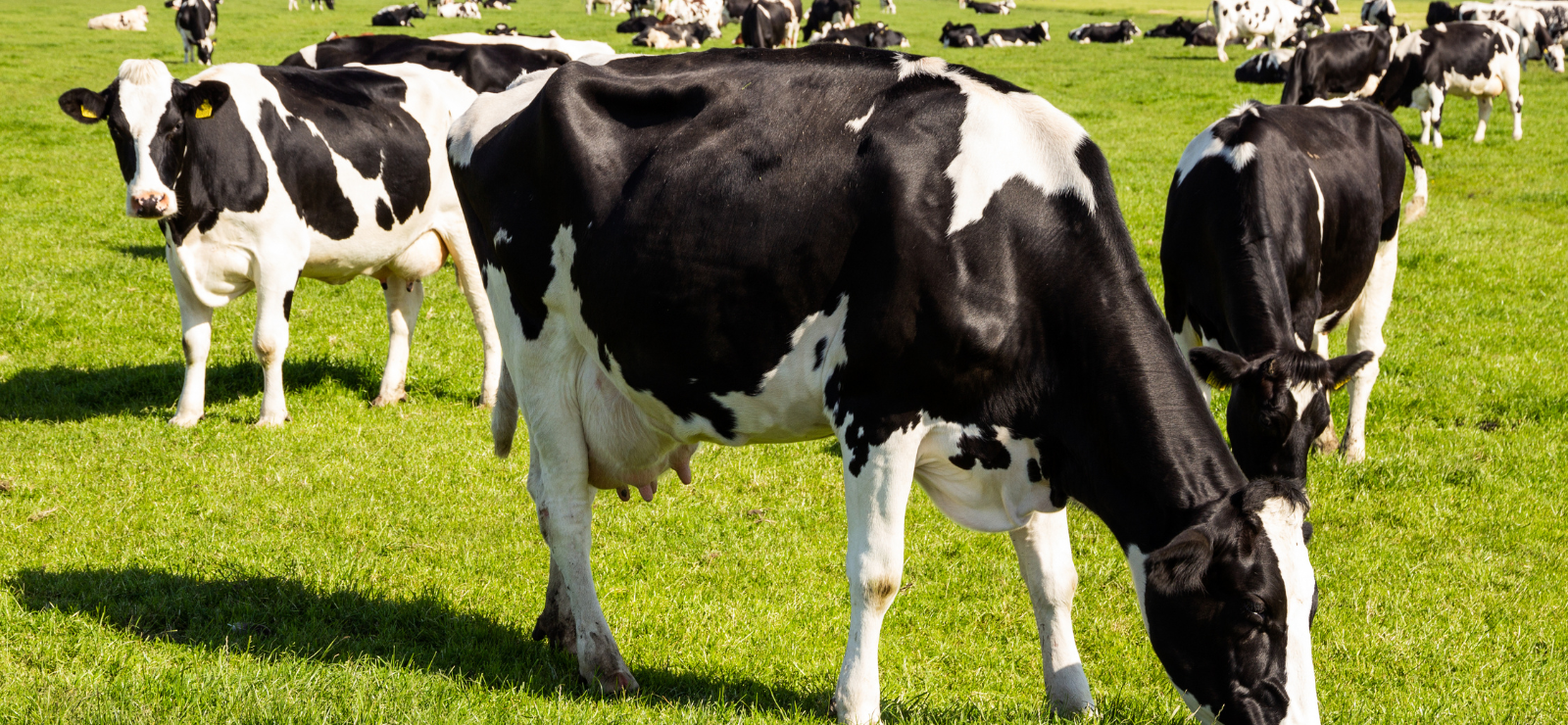
Grassland reseeding is one of the most cost-effective ways to improve your farm’s productivity. Whether you’re aiming to increase grass yields, improve silage quality, or get better animal performance from your paddocks, reseeding can deliver long-term results.
Why Reseed at All?
Recent research from Moorepark has shown that old permanent pasture produces up to 3 tonnes less dry matter per hectare compared to new perennial ryegrass swards. It’s also 25% less responsive to nitrogen and has poorer quality throughout the grazing season.
Benefits of reseeding:
- Improved grass growth and quality
- Better nutrient response and utilisation
- Higher output per hectare
- Enhanced grazing efficiency and animal performance
- Opportunity to incorporate clover for nitrogen fixation
10 Key Steps to Reseeding Success
- Identify Underperforming Paddocks
- Choose fields that yield poorly, are weed-infested, or have low-quality swards.
- Plan to Reseed Early
- Spring or late summer are ideal windows to maximise establishment before winter or grazing demand.
- Soil Testing & Fertility Correction
- Test soils and correct deficiencies.
- Target pH: 6.2–6.5
- Phosphorus (P): Index 3
- Potassium (K): Index 4
- Apply lime (approx. 2.5t/acre) and fertiliser (e.g., 3 bags 10-10-20/acre)
- Spray Off the Old Sward
- Use glyphosate (e.g., Roundup Flex, Gallup XL) to kill off existing grasses and weeds.
- Choose a Cultivation Method
- Ploughing: Best seedbed, also improves drainage
- Disc & One Pass: Effective with fewer operations
- Direct Drilling: Less labour-intensive, minimal soil disturbance
- Create a Firm, Fine Seedbed
- level, well-prepared seedbed ensures optimal seed-to-soil contact.
- Select the Right Seed Mix
- Choose based on your intended use: grazing, silage, or a mix. Always consult the Pasture Profit Index (PPI).
- Sow at Correct Depth (≤15mm)
- Too deep and the seed won’t establish; shallow and it may dry out.
- Roll After Sowing
- Rolling ensures soil contact and aids germination. Don’t skip this step!
- First Grazing at Low Covers (700–1000 kg DM/ha)
- Use light stock like calves or sheep. Avoid grazing too tight to prevent poaching and weed invasion.
Understanding Your Reseeding Method Options
- Ploughing
- Most common method, offering:
- Excellent seedbed preparation
- Opportunity to break compaction
- Best results for yield and establishment
- Disc & One Pass
- Best suited when quick turnaround is needed:
- Requires 2–3 angled passes
- Power harrow prepares final seedbed
- Seed can be applied during final harrow pass
- Direct Drilling
- Minimally invasive:
- Graze tight and spray off before drilling
- Slot seeder places seed directly into soil
- Less reliable in poor soil structure
Post-Emergence Weed Control
Weeds can seriously hinder a new reseed if not tackled early. A post-emergence spray around 5–6 weeks after sowing is vital.
Recommended Sprays:
Minstrel: Non-clover safe, excellent on docks, chickweed, and broadleaved weeds
Clovermax: Clover-safe option for mixed swards
Don’t Forget the Clover
Clover is a must, especially for farms in nitrates derogation. It brings nitrogen-fixing benefits and boosts protein in the sward.
- Best sown in late spring/summer
- Choose varieties suited to grazing
- Use clover-safe herbicides during establishment
Use the Pasture Profit Index (PPI)
Choosing the right variety is critical. The PPI ranks grass varieties by their potential profitability based on:
- Seasonal Yield
- Silage Making
- Sward Persistency
- Grazing Quality
Select varieties that suit your paddock’s purpose—grazing or silage—and check the PPI score to maximise return on reseeding investment.
Top Tips for Post-Sowing Management
- Apply 30 units N/acre 4–5 weeks after sowing
- Spray weeds at 5–6 weeks
- Graze every 17–21 days to encourage tillering
- Avoid taking silage from new reseeds in the first year
- Monitor for pests and uneven establishment
Need More Advice?
If you’re considering reseeding or unsure which method suits your land best, talk to a member of our team. We’re here to help ensure your reseed is a success—because better grass means better farming.
Call us on 053 9236240
